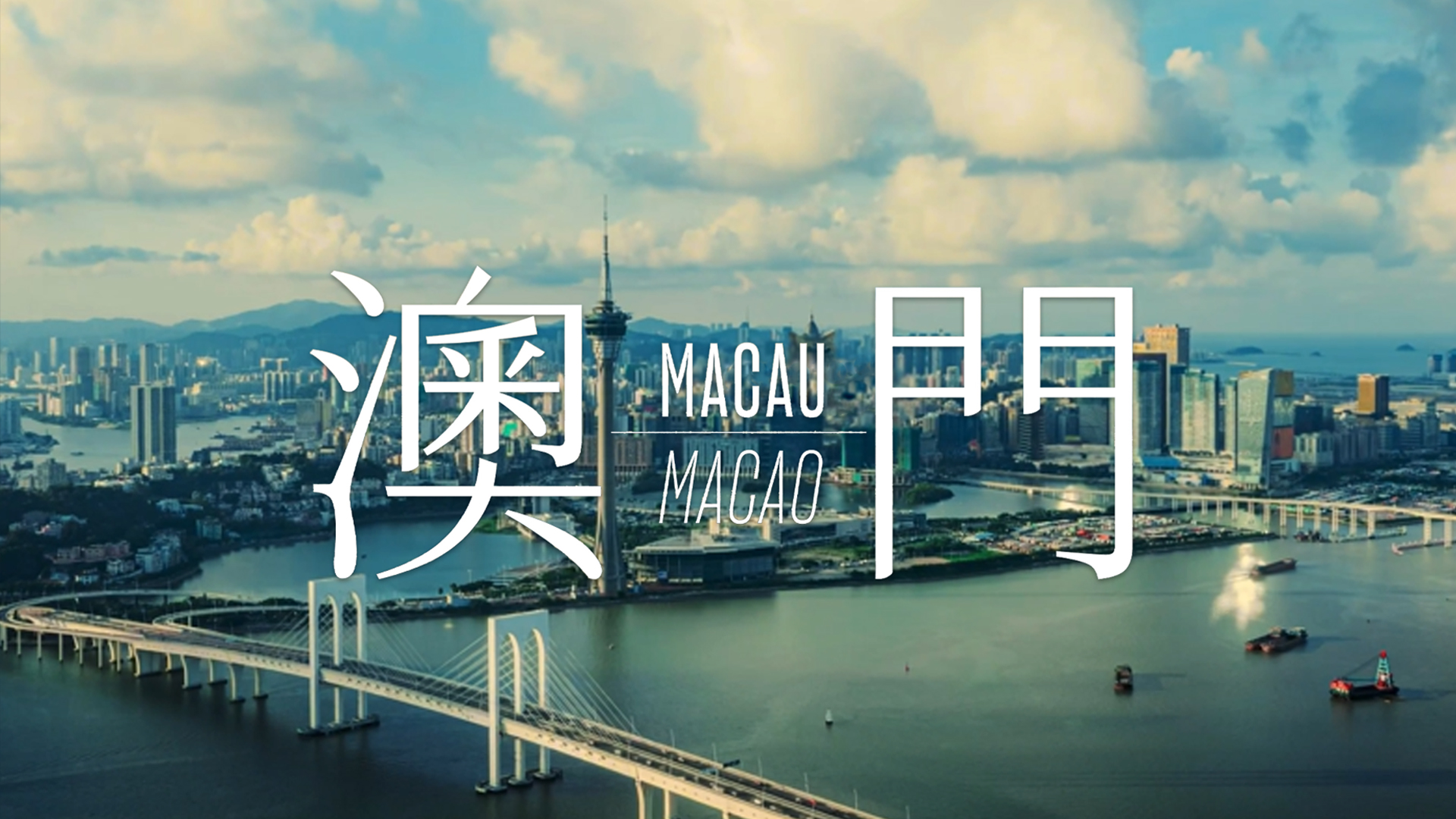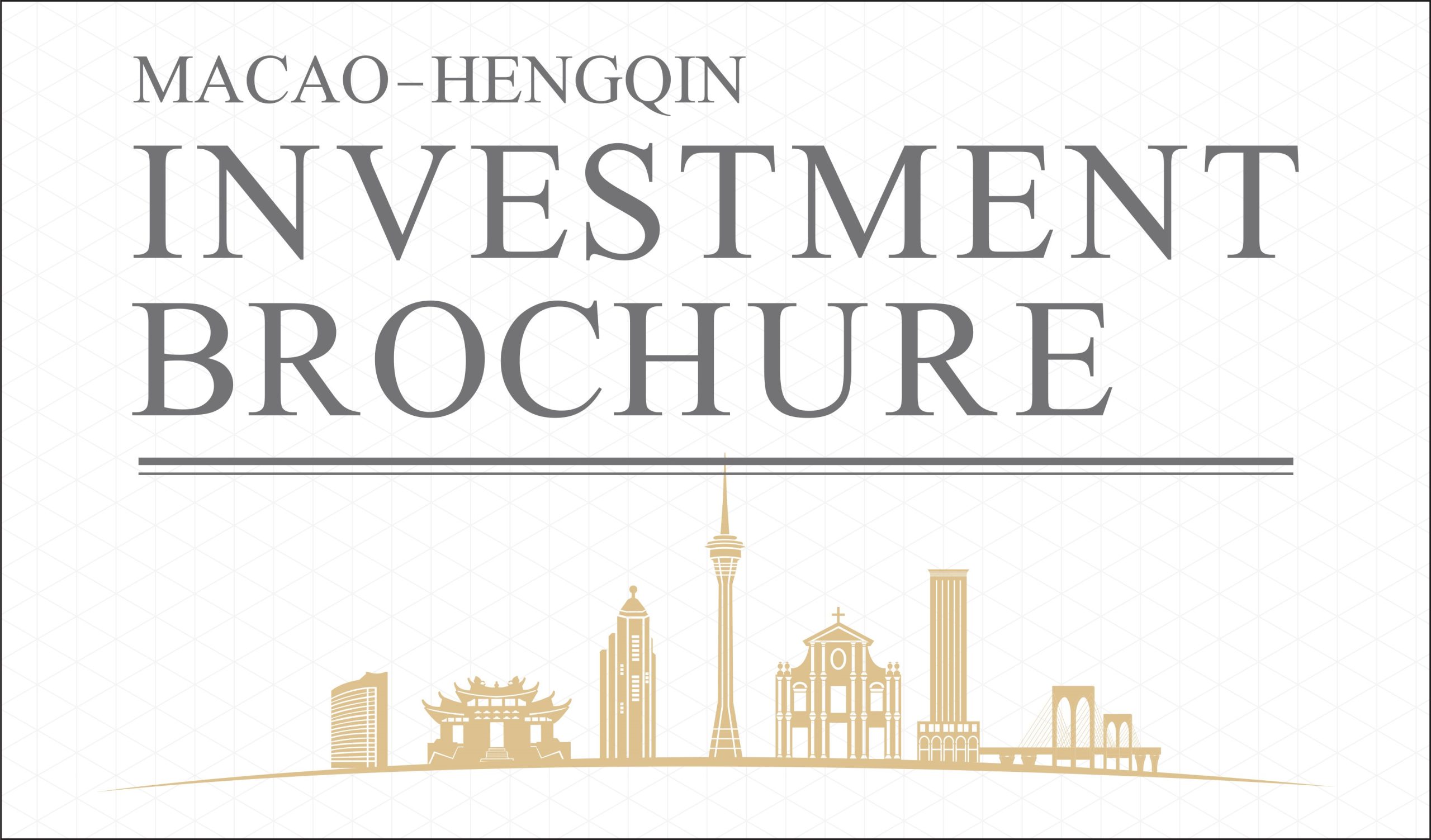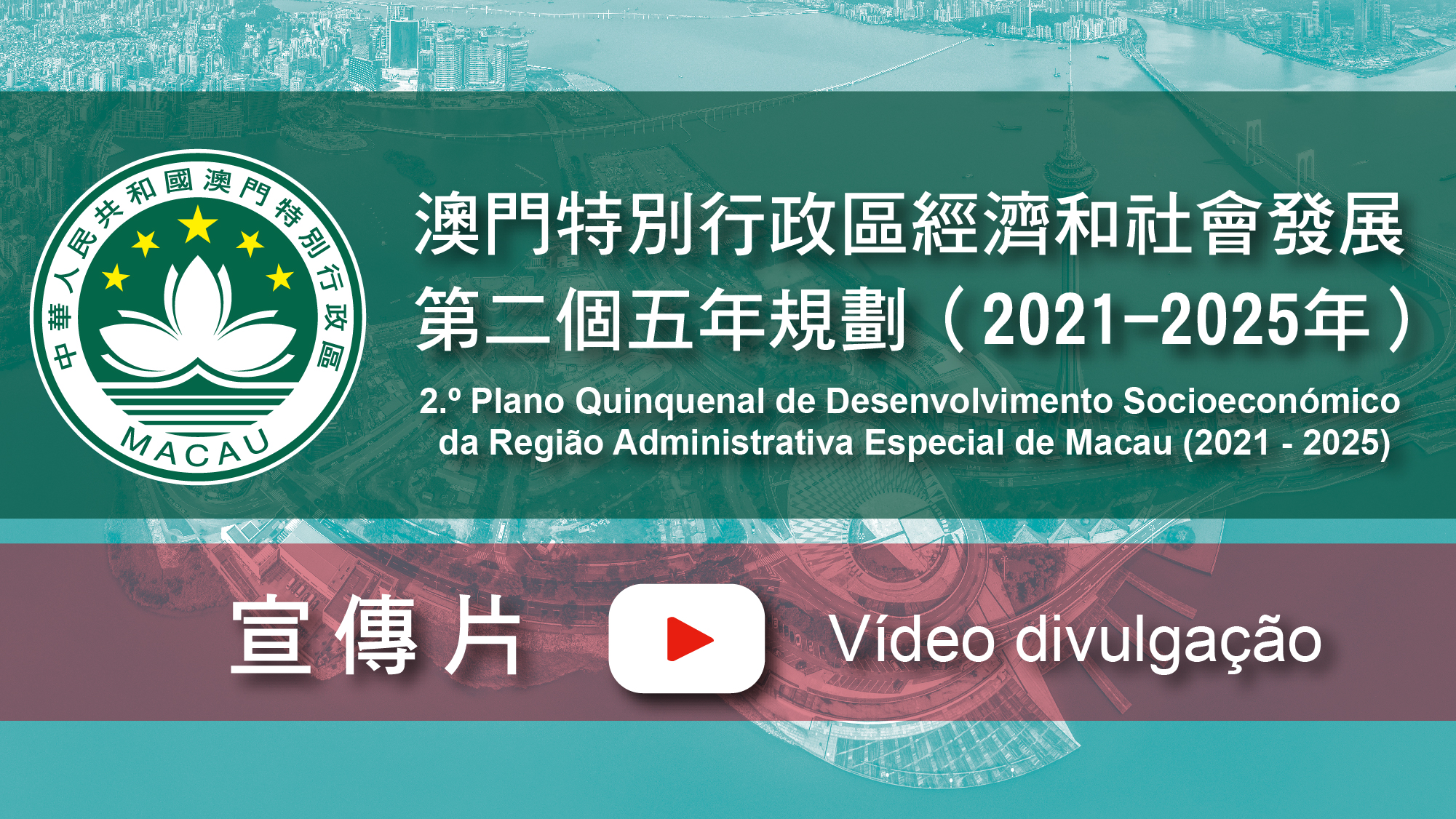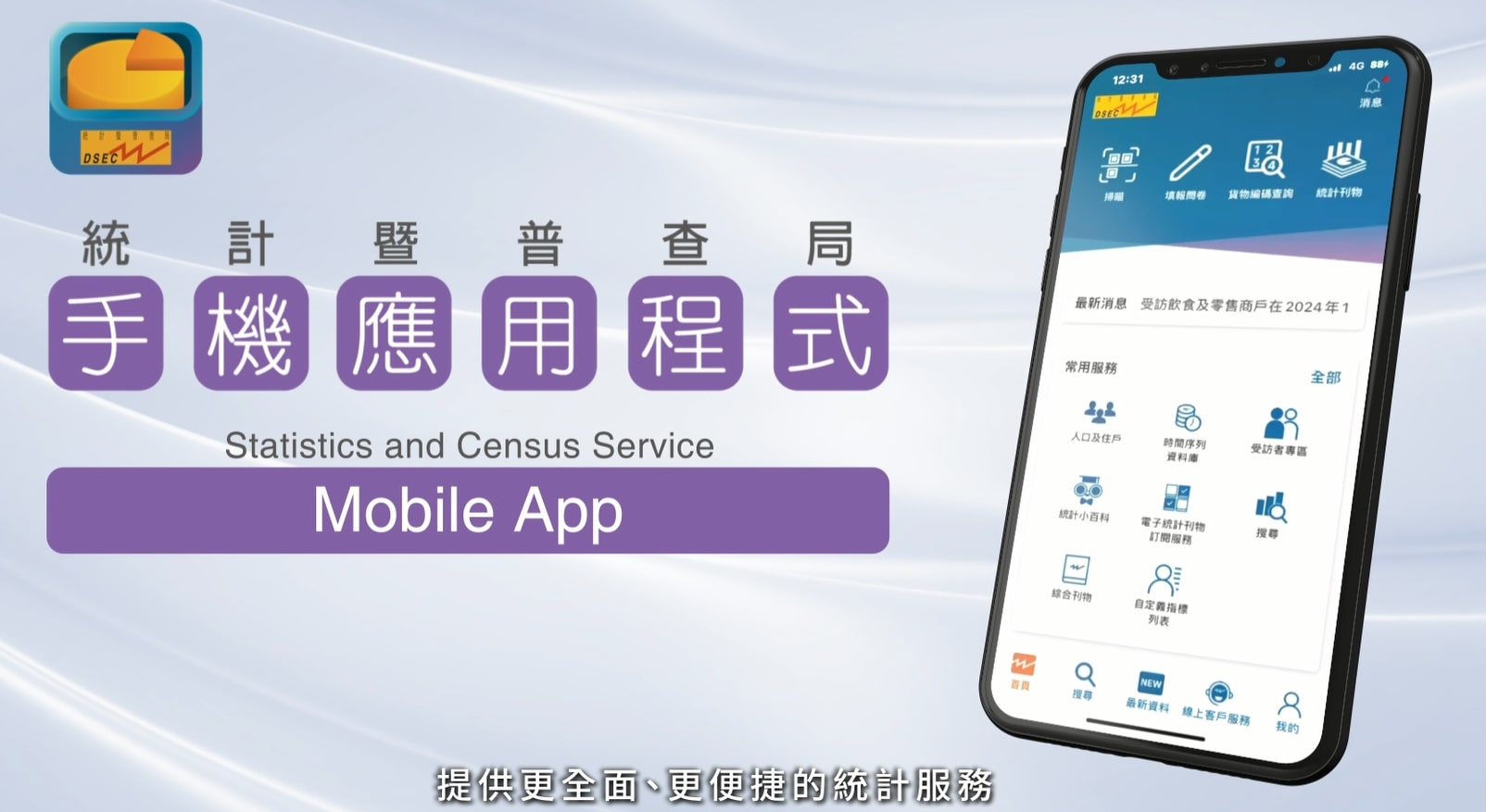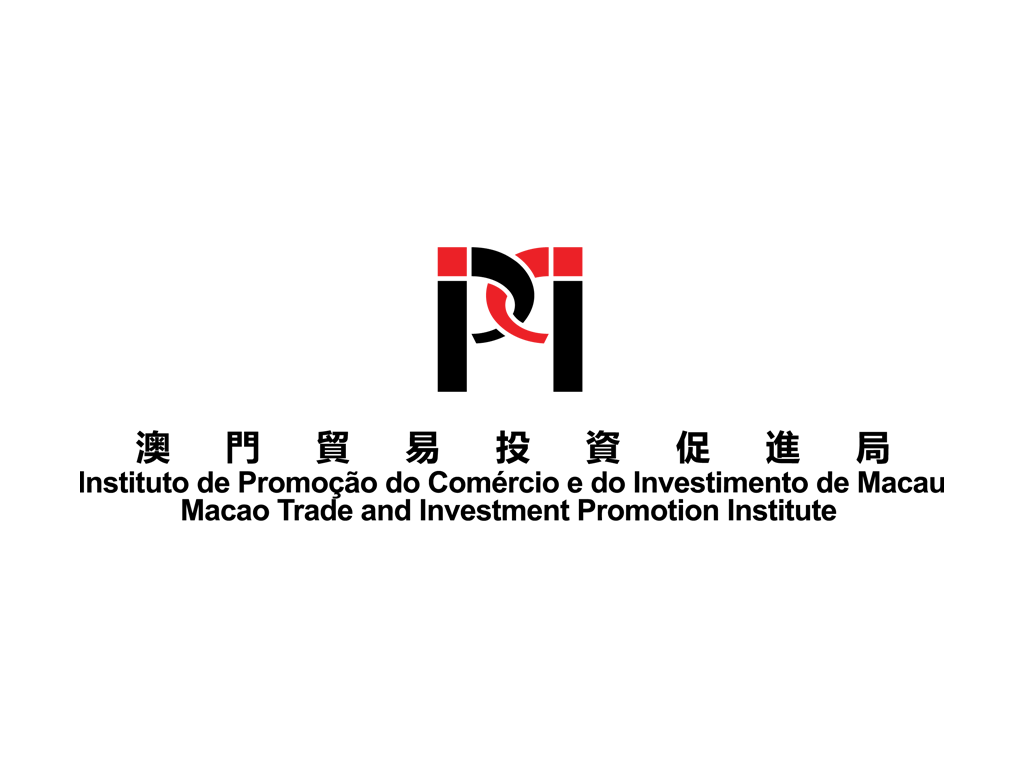Search Issues
Federative Republic of Brazil
Federative Republic of Brazil, commonly known as Brazil, is a country located in southeastern South America. It borders French Guiana, Suriname, Guyana, Venezuela and Colombia in the north, Peru and Bolivia in the west, Paraguay, Argentina and Uruguay in the south, and the Atlantic Ocean in the east. The land area is 8,510,295 square kilometres and the population is over 210 million. It is the country with the largest area and the largest population in Latin America, as well as the country of fifth largest land area and the sixth largest population in the world. The official language of Brazil is Portuguese. The residents mainly believe in Catholicism and Protestantism. Brazil is divided into 26 states and a federal district. Municipalities are set under the states. There are 5,570 municipalities nationwide. The capital of Brazil is Brasilia, which is the political centre of the country. São Paulo is the largest city, and the centre of industry, commerce, finance and transportation.
Brazil has a sound legal system and huge market capacity, as well as enormous resources and profound influence in the international market, hence great potential for economic development. In recent years, the government has launched a series of reform measures to boost the economy by reducing the operating costs of enterprises and further opening the market. Brazil has diplomatic relations with 192 countries. Currently, Brazil is a member of the United Nations (UN), World Trade Organisation (WTO), Organisation of American States (OAS), Southern Common Market (Mercosul), Community of Portuguese Countries (CPLP) and other international and regional organisations, as well as a member of various multi-lateral mechanisms such as the G20, BRICS, as well as the China-Portuguese-Speaking Countries Economic and Trade Co-operation Forum.
Overview of Economic and Trade Co-operation between China and Brazil
China and Brazil formally established diplomatic relations on 15 August 1974. In 1993, the two countries established a strategic partnership. In 2012, it was further upgraded to a comprehensive strategic partnership. Since the establishment of diplomatic relations, high-level visits between the two countries have been frequent. The co-operation in fields of international affairs, international organisations and multi-lateral mechanisms has continued to develop. The two countries have maintained good communication on major international issues such as the reform of the international financial system, climate change, and sustainable development. In addition to the establishment of embassies by the two sides, China has set up consulates general in Sao Paulo, Rio de Janeiro and Recife, while Brazil has set up consulates general in Shanghai, Guangzhou and Hong Kong.
The bilateral economic and trade relation between China and Brazil has made considerable progress. Since 2009, China has been the largest trading partner of Brazil for ten consecutive years. At the same time, Brazil is China’s largest trading partner in Latin America and among the BRICS countries. According to statistics from the International Monetary Fund (IMF), China-Brazil bilateral trade volume was close to US$ 100 billion in 2019. In terms of investment, China’s investment in Brazil mainly involves energy, minerals, agriculture, infrastructure, manufacturing and other industries. Brazil’s investment in China is mainly in compressor production, coal, real estate, auto parts production, textiles and apparel projects. In addition, Chinese enterprises have undertaken large-scale infrastructure projects such as thermal power plants, UHV transmission lines, natural gas pipelines, and port dredging in Brazil.
China and Brazil have continuously deepened exchanges and co-operation in the fields of politics, economy and trade, justice, tourism, transportation, science and technology, culture and education. The two countries signed more than 100 important co-operation documents. In terms of aerospace, meteorology, and biotechnology, the China-Brazil joint development of the Earth Resources Satellite Project is known as a successful example of South-South co-operation. It has successfully launched 4 satellites. Satellite data is widely used in Africa, South America, and Asia-Pacific regions. Images are provided to many countries in Africa and Asia free-of-charge. Furthermore, Brazil is the country in Latin America which has the largest number of joint laboratories with China. The two sides have established collaborative agricultural laboratories, climate change and energy innovation technology centres, nano research centres, South American space weather laboratories, and meteorological satellite joint centres. A biotechnology centre is currently under construction.
Information of Business Opportunities in Brazil
Brazil is rich in mineral, land, forest and hydraulic resources. In terms of mineral resources, the reserves of 29 minerals such as niobium, manganese, titanium, bauxite, lead, tin, iron and uranium rank among the top in the world. Among them, the proven reserves of niobium ore are 4.559 million tons, and the output accounts for more than 90% of the world’s total output. The proved reserves of oil are 15.3 billion barrels, ranking 15th in the world and second in South America, only second to Venezuela. In terms of forestry and hydraulic resources, the forest coverage rate is 62%, and the wood reserves are 65.8 billion cubic metres, accounting for one fifth of the world. Brazil has abundant water resources, with 18% of the world’s fresh water.
Brazil has a relatively strong industrial base and ranks first in Latin America. Among them, nuclear power, communications, electronics, aircraft manufacturing, biofuels and other industries rank among the best worldwide.
With regard to agriculture and animal husbandry, Brazil has more than 180 million hectares of arable land, 76.7 million hectares of cultivated land, and 172.3 million hectares of pasture. The production of coffee, sugar, citrus, and kidney beans ranks first in the world. It is the world’s second largest GM crop growing country, the largest soybean producer, the fourth largest corn producer, and the world’s largest exporter of beef and chicken.
The service industry plays an important role in Brazil’s economic development. It is not only the industry with the highest output value, but also provides the most jobs. The main sectors of service industry include real estate, leasing, tourism, finance, insurance, information, advertising, consulting and technical services. Among them, the tourism industry has considerable international competitiveness.
Main economic indicators for 2018
| Gross Domestic Product (International exchange rate) (US$ billion) | 1,885 |
| GDP per capita (International exchange rate) (US$) | 8,920.80 |
| Real GDP Growth (Percentage) | 3 |
| Inflation, GDP deflator (Percentage) | 3.7 |
| Surface area (sq. km) | 8,510,820 |
| Population | 209,469,333 |
Source: 1. Brazilian Institute of Geography and Statistics, https://www.ibge.gov.br/en/home-eng.html
Major Trading Partners of Brazil (2019)
| Main Export Destinations | Total Exports (US$ millions) | Percentage (%) |
| China | 62,265.90 | 28 |
| USA | 29,539.50 | 13.3 |
| Netherlands | 9,995.30 | 4.5 |
| Argentina | 9546.9 | 4.3 |
| Main Origin for Imports | Total Exports (US$ millions) | Percentage (%) |
| China | 37,385.90 | 19.9 |
| USA | 32,234.20 | 17.2 |
| Argentina | 11,185.20 | 6 |
| Germany | 10,898.00 | 5.8 |
Source: International Monetary Fund, https://www.imf.org/en/Data
Foreign Trades of Brazil
(US$ million)
| Year | Total trade | Total exports | Total imports |
| 2019 | 410,173.50 | 222,199.90 | 187,973.60 |
| 2018 | 432,329.70 | 242,363.30 | 189,966.40 |
Source: International Monetary Fund Data, https://www.imf.org/en/Data
Statistics of Trades between Macao and Brazil
| Year | Total trade | Total exports | Total imports |
| 2019 | 64,875,027 | 64,943 | 64,810,084 |
| 2018 | 57,363,870 | 5,042 | 57,358,828 |
Note: The exchange rate of USD to MOP is 1:8.
Source: Statistics and Census Service (DSEC), Macao SAR Government, https://www.dsec.gov.mo/
Source of Data:
Brazilian Institute of Geography and Statistics
https://www.ibge.gov.br/en/home-eng.html
World Bank
https://data.worldbank.org/
Ministry of Foreign Affairs, People’s Republic of China
https://www.fmprc.gov.cn/
International Monetary Fund Data:
https://www.imf.org/en/Data
Statistics and Census Service, Macao SAR Government



